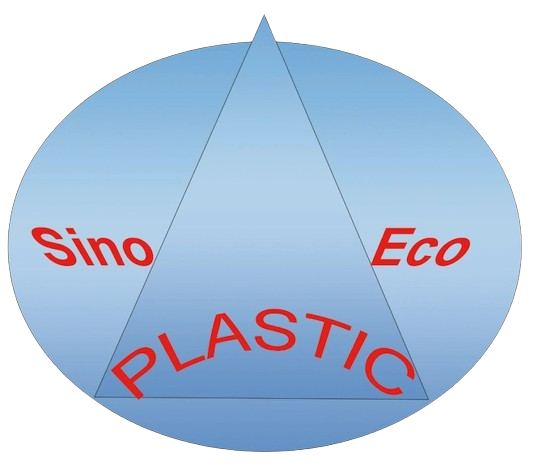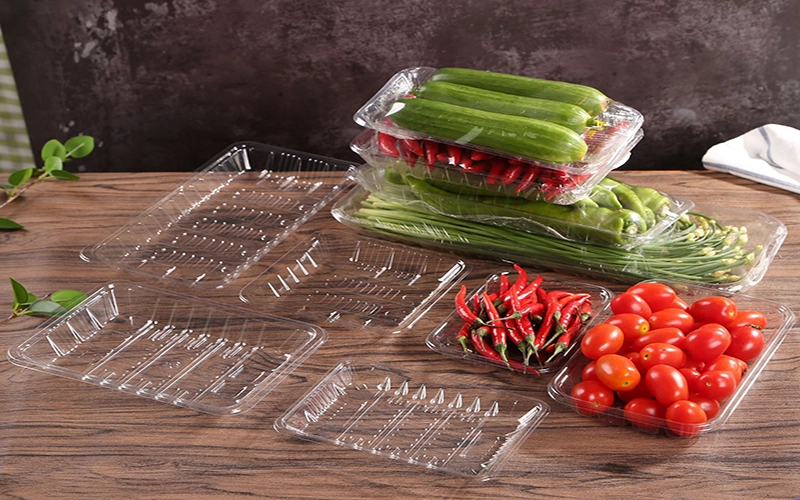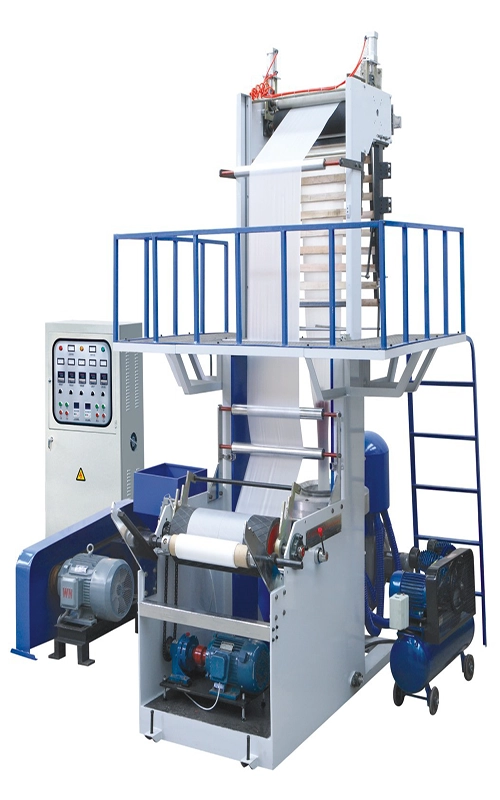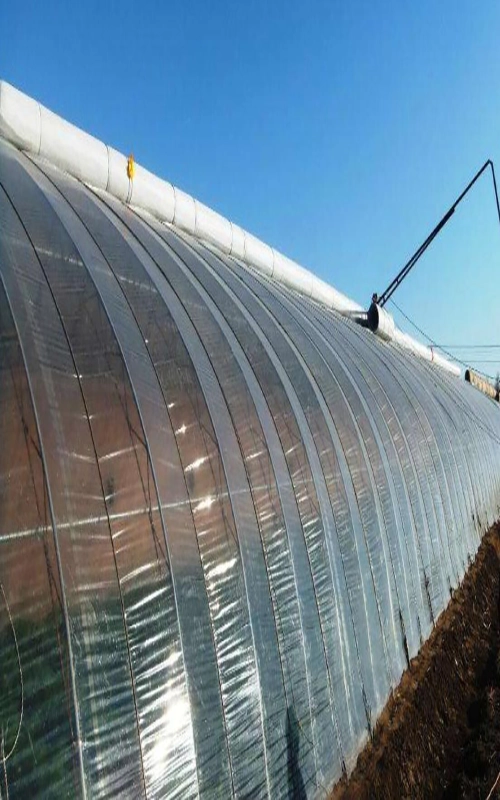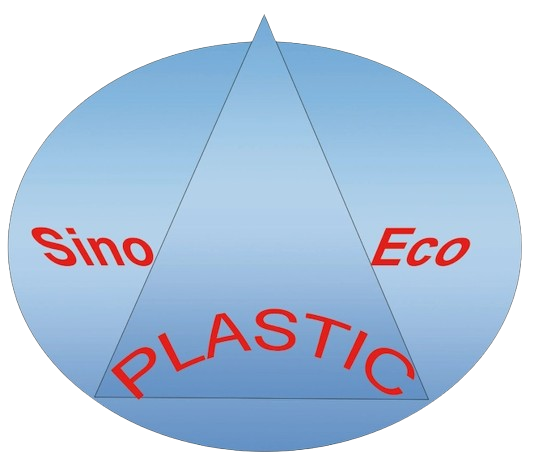Paper Cup Inner Coating Process and Usage Guidelines
Paper cups are ubiquitous in daily life, used for a variety of beverages from coffee to soft drinks. The inner coating of these cups plays a crucial role in maintaining their functionality and ensuring beverage safety. This article delves into the process of inner coating for paper cups, its primary functions, and essential considerations during usage, especially concerning liquids like alcohol that may interact with the coating.
#### Inner Coating Process for Paper Cups
The inner coating of paper cups is applied to enhance the cup’s resistance to liquid penetration and improve its structural integrity. The process typically involves several key steps:
1. **Substrate Preparation:**
The paperboard used for making cups is treated to enhance its durability and resistance to moisture. This treatment ensures that the paperboard can withstand the rigors of the coating process without losing its shape or integrity.
2. **Coating Application:**
The coating material, often a food-grade polyethylene (PE) or polyethylene terephthalate (PET), is applied to the inner surface of the cup using a specialized coating machine. The coating can be applied in liquid form and then cured through heat treatment to ensure adhesion and durability.
3. **Curing and Quality Control:**
After coating application, the cups undergo curing to set the coating and improve its bonding with the paperboard. Quality control checks ensure that the coating thickness is uniform and meets food safety standards.
4. **Printing and Finishing:**
Once the inner coating is applied and cured, the cups may undergo printing of designs, logos, or labeling information. Additional finishing processes, such as rim rolling or forming, prepare the cups for packaging and distribution.
#### Primary Functions of Inner Coating
The inner coating of paper cups serves several critical functions that contribute to their usability and safety:
1. **Liquid Resistance:**
The coating prevents liquid from penetrating through the paperboard, ensuring that beverages do not leak or soak through the cup. This is essential for maintaining the integrity of the cup and preventing spills.
2. **Heat Insulation:**
Certain coatings provide thermal insulation, keeping hot beverages hot and cold beverages cold. This improves user comfort and enhances the practicality of paper cups for serving a wide range of beverages.
3. **Barrier Properties:**
Coatings can act as a barrier against flavors or odors from the paperboard, ensuring that the beverage’s taste remains unaffected. This is particularly important for beverages with sensitive flavors, such as coffee or tea.
4. **Structural Support:**
The coating adds strength and rigidity to the paper cup, preventing it from collapsing or deforming when filled with liquid. This structural support ensures that the cup remains stable and easy to handle.
#### Usage Guidelines and Considerations
While paper cups with inner coatings are designed to be safe for use with beverages, including hot and cold liquids, certain considerations should be kept in mind:
1. **Avoid Extreme Temperatures:**
Extreme temperatures, both hot and cold, can affect the integrity of the inner coating. Avoid using paper cups with hot liquids above recommended temperatures or with extremely cold liquids that may cause condensation.
2. **Avoid Prolonged Exposure to Alcohol:**
Alcohol, particularly beverages with high alcohol content, can potentially interact with the inner coating of paper cups. Extended exposure to alcohol may compromise the coating’s integrity or lead to leaching of substances into the beverage. Consider using alternative containers for alcoholic beverages if prolonged storage is required.
3. **Dispose Properly:**
Dispose of used paper cups responsibly, considering recycling options where available. Proper disposal helps minimize environmental impact and supports sustainability efforts in the food service industry.
4. **Store Appropriately:**
Store paper cups in a clean, dry environment to maintain their quality and ensure that the inner coating remains intact until use. Avoid storing cups in humid or excessively hot conditions, which can affect the paperboard and coating properties.
#### Conclusion
The inner coating process for paper cups enhances their functionality and safety for beverage consumption. By providing liquid resistance, heat insulation, and structural support, the inner coating ensures that paper cups meet the demands of both consumers and businesses in the food service industry. Understanding the process of inner coating and following usage guidelines, particularly regarding alcohol and extreme temperatures, helps maintain the quality and safety of paper cups throughout their lifecycle. As consumer preferences shift towards sustainable and functional packaging solutions, paper cups with inner coatings continue to play a vital role in everyday beverage service, offering convenience and reliability without compromising on safety or environmental responsibility.
